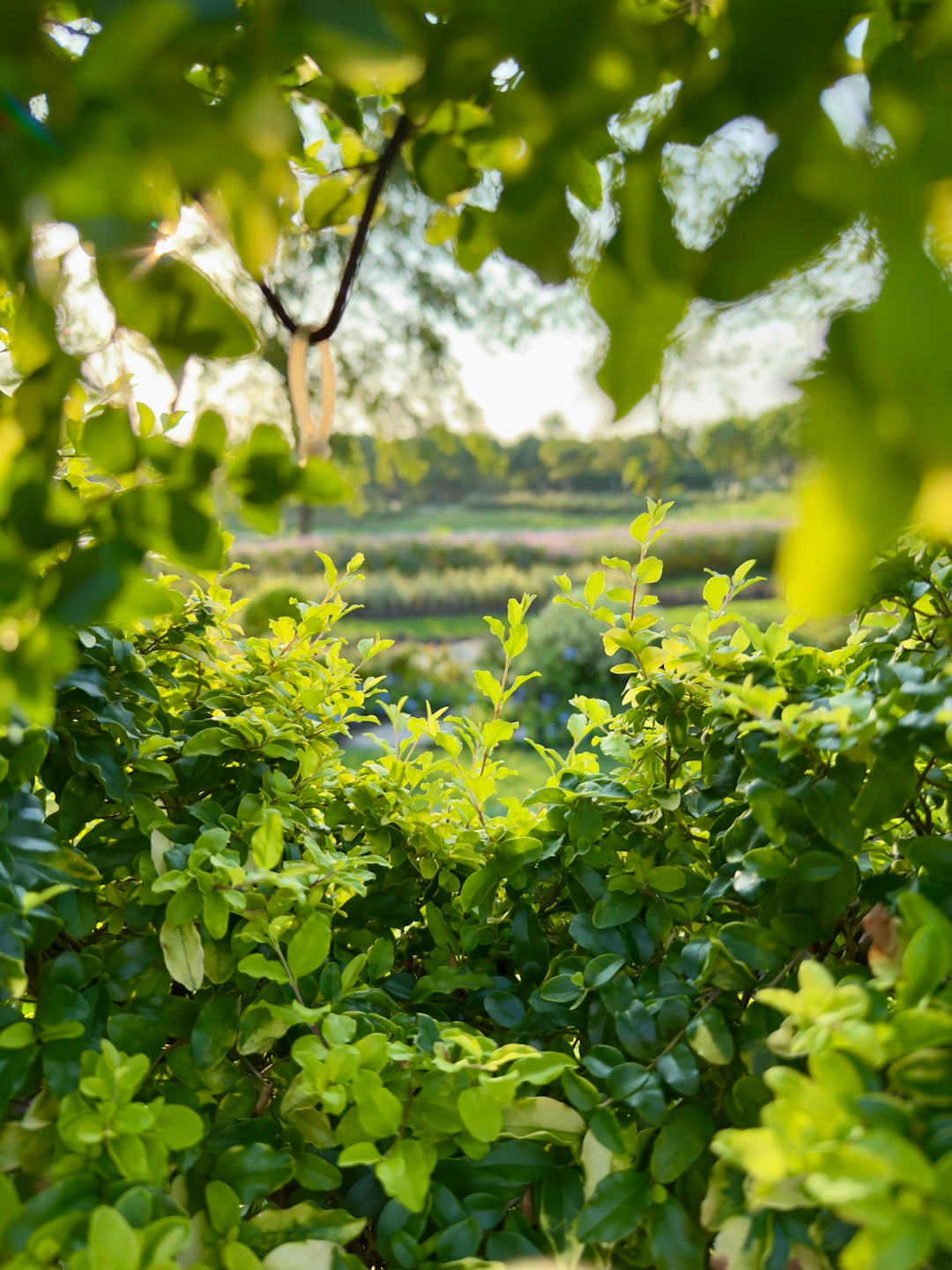The Sweet Secret of Huckleberry Cultivation

Edible gardening is a rewarding hobby that allows you to connect with nature and enjoy the fruits of your labor. Among the many delicious fruits you can grow, huckleberries stand out for their unique flavor and nutritional value. In this article, we'll explore the best types of huckleberries to grow, how to plant and care for a huckleberry bush, and get some tips for harvesting these delightful berries.
Types of Huckleberries
There are several species of huckleberries, each with its own characteristics. One of the most popular is the Vaccinium membranaceum, also known as the thin - skinned huckleberry. These berries are large, sweet, and have a deep blue - purple color. They are native to the western United States and Canada and thrive in mountainous regions with well - drained, acidic soil.
Another type is the Vaccinium ovatum, or evergreen huckleberry. This species is found along the Pacific coast. It has smaller berries but is more adaptable to different soil conditions and can tolerate some shade. The berries have a tart yet sweet flavor and are great for making jams and pies.
Planting a Huckleberry Bush
When it comes to planting huckleberries, the first step is to choose the right location. Huckleberries prefer acidic soil with a pH between 4.5 and 5.5. You can test your soil using a home soil testing kit and amend it with sulfur or peat moss if necessary. The site should also receive partial to full sun, although some species can tolerate more shade.
Select healthy huckleberry plants from a reputable nursery. Dig a hole that is twice as wide and just as deep as the root ball of the plant. Place the plant in the hole, making sure the top of the root ball is level with the ground. Backfill the hole with soil, gently firming it around the plant. Water the newly planted bush thoroughly to settle the soil.
Caring for Huckleberry Bushes
Watering is crucial for huckleberry bushes. They need consistent moisture, especially during the growing season. However, avoid over - watering, as huckleberries do not like waterlogged soil. A good rule of thumb is to water deeply once a week, more often during hot, dry weather.
Fertilizing huckleberries should be done sparingly. Use a slow - release, acidic fertilizer in the spring. Avoid using fertilizers high in nitrogen, as this can lead to excessive foliage growth at the expense of fruit production.
Pruning is also an important part of huckleberry care. Prune your huckleberry bushes in late winter or early spring. Remove any dead, damaged, or diseased branches. You can also thin out crowded branches to improve air circulation and sunlight penetration, which will help the plant produce more fruit.
Harvesting Huckleberries
Huckleberries typically ripen in late summer to early fall, depending on the species and your location. The berries are ready to harvest when they are fully colored and easily come off the stem when gently tugged. Use a small basket or container to collect the berries, being careful not to crush them.
It's important to note that huckleberries do not all ripen at the same time. You may need to make multiple harvests over a few weeks to get all the ripe berries. Once harvested, huckleberries can be eaten fresh, used in baking, or made into jams, jellies, and syrups.
In conclusion, growing huckleberries can be a wonderful addition to your edible garden. With the right knowledge of the types of huckleberries, proper planting, care, and harvesting techniques, you can enjoy these delicious berries for years to come. So, roll up your sleeves and start your huckleberry - growing adventure today!